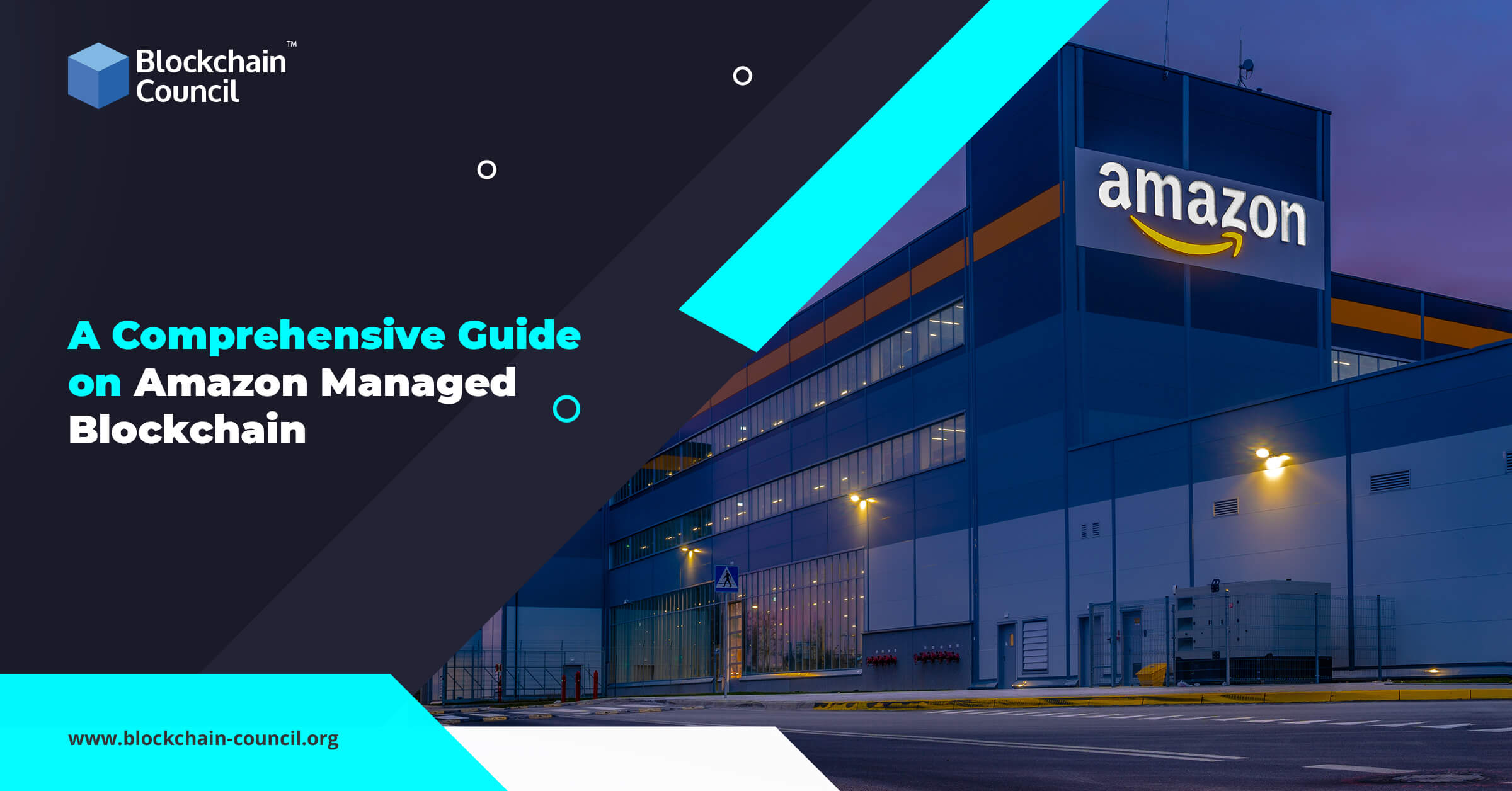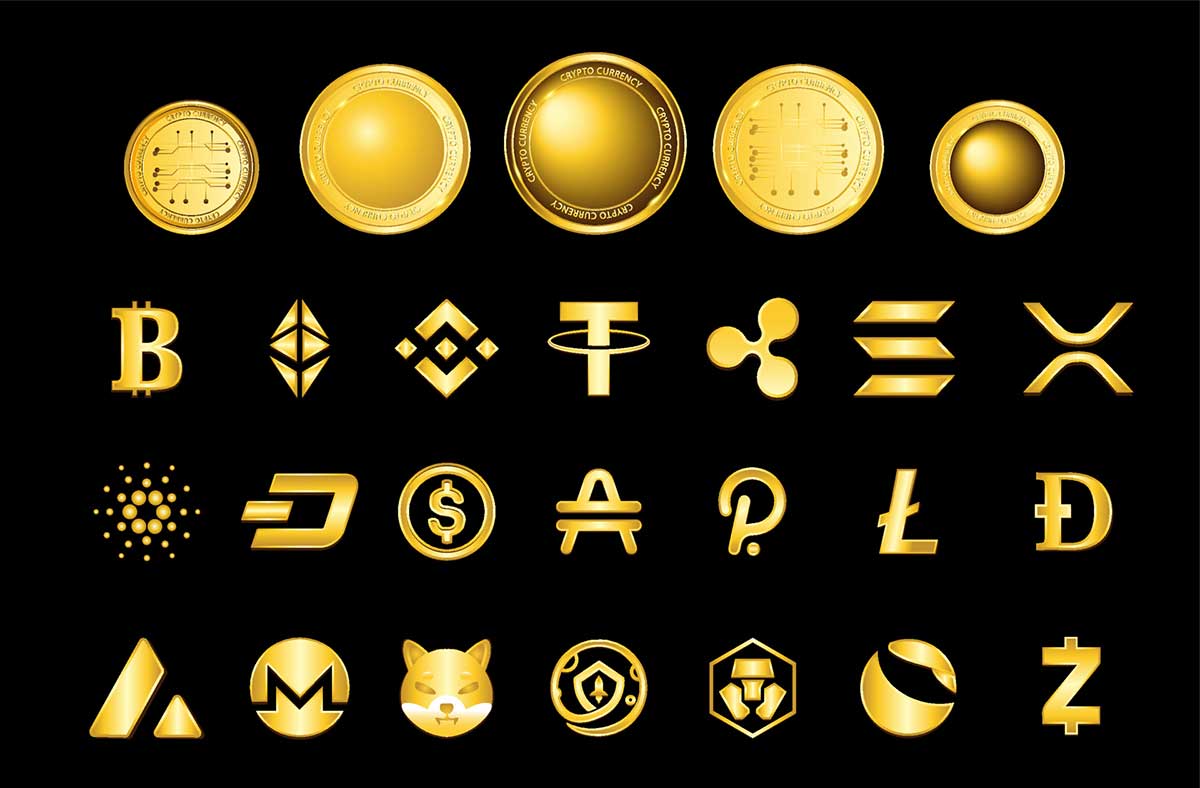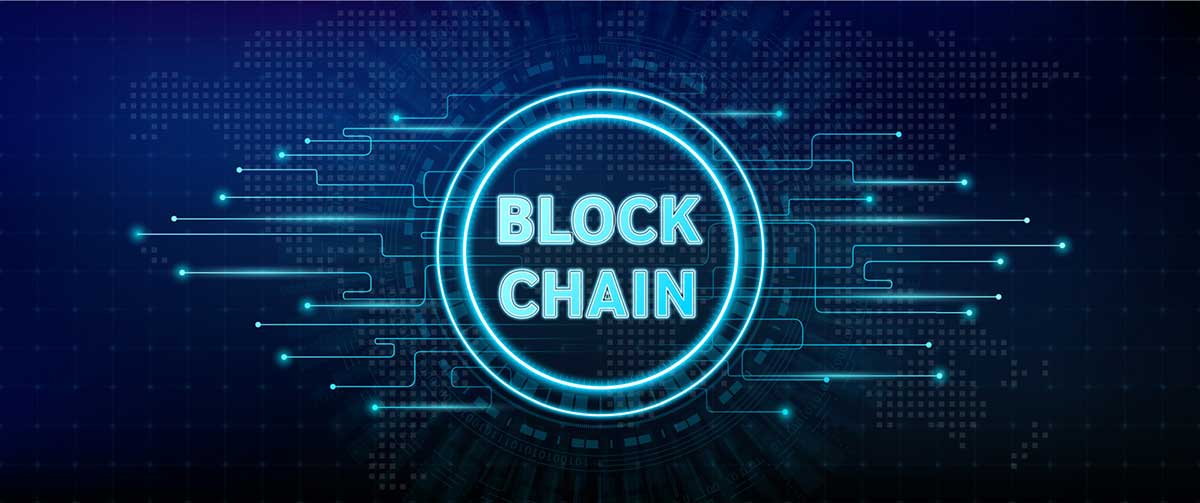The Ultimate Guide to Blockchain Data Storage

Blockchain data storage is a secure, distributed system that uses the latest cryptography technology to store and manage digital information. It can be used for anything from storing medical records to tracking financial transactions. The main advantages of using blockchain are its security, immutability, and decentralization.
The first step in understanding how blockchain works is getting familiar with the underlying concepts such as consensus algorithms, cryptographic hashes, public-key encryption, and merkle trees. Once you understand these components you will be able to create your own custom solution for data storage on a blockchain network.
Next it’s important to understand different types of blockchains available such as permissioned or private chains versus public networks like Ethereum or Bitcoin which offer different levels of access.
Understanding the differences between each type will help you decide which one best suits your needs when setting up a new project.
Finally there are several platforms where developers can build their application on top of an existing blockchain infrastructure without having to set up their own nodes or maintain any hardware themselves.
If you’re looking for an up-to-date, comprehensive guide to blockchain data storage, then look no further! This ultimate guide outlines the advantages and disadvantages of blockchain data storage, as well as best practices for securely storing your data on a distributed ledger. We’ll also discuss various use cases and scenarios where blockchain is proving itself to be a valuable tool in the digital age.
With this information at hand, you can make informed decisions about which technology will best serve your needs when it comes to protecting and managing your most sensitive information.
Blockchain In 7 Minutes | What Is Blockchain | Blockchain Explained|How Blockchain Works|Simplilearn
How Can I Store My Data on a Blockchain?
Storing data on a blockchain can be an effective way to ensure its security and integrity. By utilizing the distributed ledger technology of blockchain, users are able to store their data in a secure and immutable fashion. This means that any changes made to the stored data can be easily identified and tracked, ensuring it remains safe from malicious actors or accidental mistakes.
To begin storing your data on a blockchain, you will first need to create an account with one of the many available blockchain providers such as Ethereum or Bitcoin. Once your account is created, you will then be able to send transactions containing your desired data across the network for storage. The transaction must also include enough payment in cryptocurrency for miners who support the chain to process it – this is how they earn rewards for keeping up with all transactions taking place on the network.
It’s important that when setting up your wallet address associated with your account, you back-up all private keys so as not lose access or control over funds/data held within it – these should never be shared with anyone else! Lastly, make sure you always keep multiple copies of any sensitive information stored on chain in case anything untoward happens along this journey which requires restoring said information from elsewhere; backups are key!
Which Database is Best for Storing Blockchain Data?
When it comes to storing blockchain data, there is no one-size-fits-all solution. Different databases are better suited for different types of use cases and applications. That said, some databases stand out as the best options for storing blockchain data due to their scalability, security, and performance.
Two such databases that are great for handling blockchain data are Apache Cassandra and MongoDB.
Apache Cassandra is an open source distributed database system designed to handle large amounts of data across many commodity servers while providing high availability with no single point of failure. It’s known for its scalability, flexibility, reliability and fault tolerance features — all important factors when considering a database option for your blockchain implementation.
Additionally, it provides robust transaction support by using a hybrid log/record architecture which makes operations faster than other NoSQL solutions on the market today.
MongoDB is another popular choice among developers looking to store large sets of unstructured or semi structured data in real time without sacrificing speed or performance levels. Its document based storage model allows you to quickly update records with minimal overhead costs associated with traditional relational databases like MySQL or PostgresQL while still maintaining strong consistency guarantees thanks to its atomic write operation capabilities.
. With built in replication mechanisms baked into the product itself along with sharding capabilities that allow you scale horizontally as needed make this database ideal when building decentralized applications utilizing blockchains technology too!
Where Exactly Blockchain Data is Stored?
Blockchain data is stored in a distributed ledger, also known as a blockchain. A Blockchain is essentially made up of blocks that store information about transactions. These blocks are linked together chronologically and cryptographically so that they form an immutable chain or ledger of records which cannot be tampered with.
Blockchains use cryptography to ensure the integrity and security of the data stored on them. This means that only authorized users can view the contents of each block, and any changes made must be approved by all participants in the network before being added to the chain permanently. The decentralized nature of blockchain technology makes it virtually impossible for anyone to gain control over all copies of a given chain, ensuring its reliability even if certain nodes become unavailable.
Furthermore, due to its distributed nature, blockchains are resilient against malicious attacks since there is no single point-of-failure from which attackers could disrupt operations or modify existing records without permission from other participants in the system.
What is Blockchain Technology the Ultimate Guide?
Blockchain technology has become one of the most talked-about topics in today’s business world. It is a revolutionary new way to store, transfer and manage digital data securely and efficiently. This ultimate guide to blockchain technology aims to provide a comprehensive overview of what it is, how it works, its potential applications, its current challenges and limitations as well as future prospects.
At its core, blockchain technology offers an immutable ledger that records transactions between two parties without needing intermediaries or central governing bodies such as banks or governments. This distributed ledger system utilizes cryptographic algorithms and consensus protocols to ensure that all records are accurate and secure while maintaining decentralization over the network. Transactions can be verified within seconds by participants across different geographical locations creating trust among them without having any physical contact with each other thus reducing costs for businesses significantly.
The applications of this innovative technology go beyond just financial services; from healthcare systems where patient records could be stored securely with no risk of manipulation or tampering; to supply chain management where goods could be tracked from source till delivery ensuring transparency in operations; these use cases offer unprecedented opportunities for businesses around the globe if implemented effectively. However there are still certain challenges associated with implementing this technology like scalability issues due to the large amount of computational power required for validating data on multiple nodes leading to slower transaction time; legal implications due to lack of regulations governing cryptocurrencies etc., but developers have been working hard towards addressing these problems so they can unlock further potential in this sector soon enough!

Credit: www.blockchain-council.org
How to Store Blockchain Data in Database
Storing blockchain data in databases is becoming increasingly popular as the technology gains traction. By using a database, users can store large amounts of transaction and user information securely while also providing faster access to that data than traditional ledger systems. To ensure security and reliability, it’s important to use an encrypted database platform like MongoDB or Oracle Database; these platforms offer advanced features like encryption at rest, multi-factor authentication, authorization controls, and more.
Additionally, when storing blockchain data in databases it’s critical to backup often – both onsite and offsite backups are recommended for maximum redundancy.
How to Create a Blockchain Database
Creating a blockchain database is an increasingly popular way to store and manage data. By utilizing encryption techniques, each record in the database is linked together using cryptographic algorithms that ensure the integrity of the entire chain. This makes it harder for hackers to access or tamper with records, as they must gain access to multiple nodes within the system before being able to make any changes.
Additionally, all transactions are stored on a distributed ledger which can be verified by anyone on the network who has permission to do so.
Best Database for Blockchain
The best database for blockchain is a distributed ledger, which allows data to be securely stored and tracked across multiple computers. This type of database offers complete transparency and immutability since the data is visible to all participants on the network. Additionally, distributed ledgers provide advanced security features such as encryption, authentication, and smart contracts capability that make them suitable for use in financial transactions and other secure applications.
Blockchain Database Example
A blockchain database example is a system that stores data in an immutable and distributed ledger. This type of database provides improved security, transparency, and integrity for all parties involved. By utilizing cryptography, it ensures that only authorized users can access the data and make changes to it.
Additionally, with its decentralized nature, no single point of failure exists which makes it resilient against malicious attacks or accidental outages.
Ibm Blockchain for Dummies Pdf
IBM Blockchain for Dummies is a free PDF guide that provides an introduction to blockchain technology and its applications. It covers the basics of blockchain, including how it works and what technologies are used to build blockchains, as well as exploring potential use cases in different industries. With clear explanations and diagrams, this guide is perfect for anyone who wants to learn more about this innovative technology quickly and easily.
Blockchain Database Open Source
Blockchain databases are a type of open source database system that uses distributed ledger technology to store and manage data. Unlike traditional databases, blockchain databases allow multiple users to access and update the same records in real-time, without having to rely on centralized servers or third-party providers. This makes them secure, transparent, and resilient against data breaches or manipulation.
With the rise of cryptocurrencies such as Bitcoin and Ethereum, blockchain is becoming an increasingly popular choice for businesses looking for secure solutions for their data storage needs.
Blockchain Database Structure
Blockchain databases are structured differently than traditional relational databases, which are organized and stored in tables. Blockchain databases use a distributed system of nodes instead of centralized storage. Each node stores copies of the entire blockchain, enabling transactions to be verified across all nodes with no single point of failure.
These networks also enable more secure transactions since each node has its own private encryption key that is used to verify any transaction before it gets added to the chain, making it impossible for hackers to tamper with data without being detected.
Blockchain And Database Difference
Blockchain and database are two different technologies that both serve to store data. The main difference between them is the way they store information. While databases use traditional client-server architecture where a centralized server stores all the data, blockchains use distributed ledger technology, which allows for decentralization of data storage and prevents single points of failure.
Furthermore, blockchain also offers enhanced security as it uses cryptographic algorithms to secure its records while databases rely on user authentication for access control.
Conclusion
The Ultimate Guide to Blockchain Data Storage provides an in-depth look at the benefits of using blockchain technology for data storage. From its security and immutability to its cost savings, it is clear that blockchain technology can be a beneficial solution for businesses looking to store their data securely. Furthermore, this guide has provided insight into how different industries can use blockchain storage solutions and which technologies are best suited for specific needs.
As more businesses recognize the potential of this technology, we may see even greater adoption in the future.







